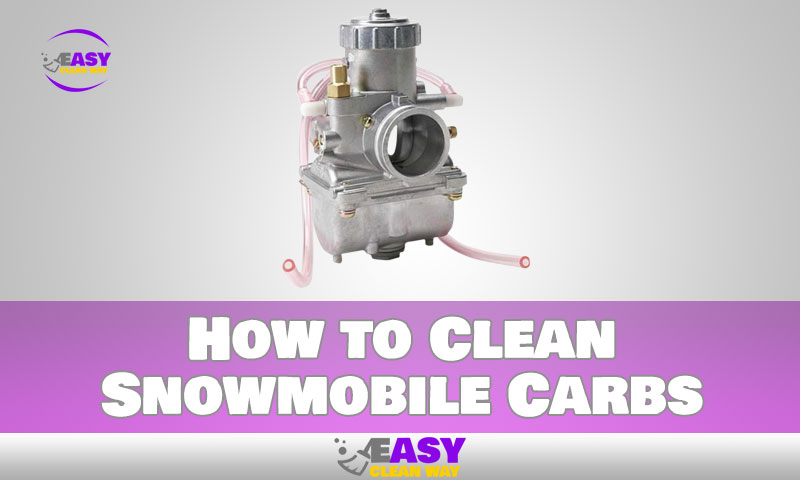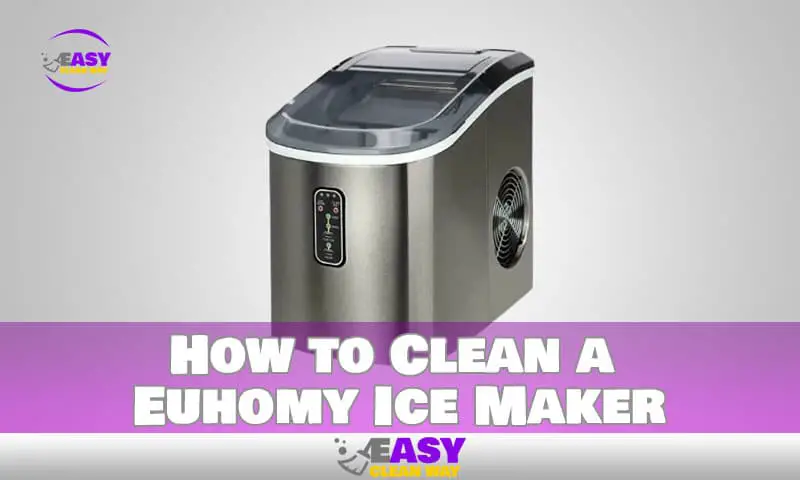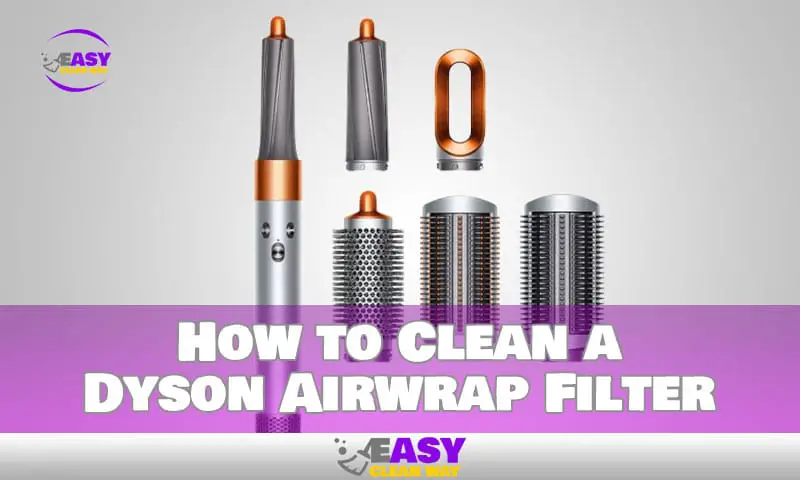Cleaning a snowmobile carburetor is a detailed process that requires safety and precision.
If you’re a snowmobile enthusiast, you know the importance of keeping your vehicle in optimal working condition. That includes cleaning and servicing all the components, especially the carbs. However, the process for cleaning snowmobile carbs is complex and must be done very carefully in order to avoid any damage or missteps.
In this blog post, we will provide detailed steps on how to safely clean snowmobile carbs so that you can make sure your vehicle is running as efficiently as possible. We’ll also provide some safety tips to ensure that you are properly protecting yourself while working on your machine. By following these steps, you can keep your snowmobile running smoothly and safely for years to come.
What Are Snowmobile Carbs and Why Is It Important to Keep Them Clean?
Snowmobile carbs are the devices that control the flow of fuel to the engine. If you want your snowmobile to run smoothly and efficiently, it is important to keep them clean. The carburetor can become clogged with dirt, grime and debris from the atmosphere, causing it to malfunction and cause your snowmobile to experience poor performance.
Snowmobile carburetor should be cleaned at least once a year to maintain optimal engine operation and prevent sludge accumulation. You may perform some basic maintenance on your snowmobile yourself with just a few items, like a toothbrush, compressed air, and either liquid or spray carb cleaner. But, it is best to get your snowmobile serviced by a professional.
Start by disconnecting all fuel lines before using a needle adjustment screwdriver to unscrew the carburetor’s cap in order to clean snowmobile carbs on your own. To remove any dirt or grime from the air filter, use compressed air or a toothbrush soaked in carburetor cleaning. To thoroughly clean your carburetor, use a spray or liquid cleaner on all of its components.
What Materials Do You Need to Safely Clean Snowmobile Carbs?
Cleaning snowmobile carbs requires a few key materials in order to properly and safely do the job. Before you start, make sure you have assembled the following:
- Phillips screwdriver
- Flat screwdriver
- Carb and choke cleaner
The cleaning procedure must be carried out in a stable workspace, such as a paved road or sidewalk, preferably outside in a place with good ventilation. You may begin cleaning your snowmobile carburetors correctly and safely after everything is ready.
How to Dismantle a Carburetor
When it comes time to clean your snowmobile carburetor, you’ll need to remove it. The first step is to disconnect the carb from the intake manifold and the fuel line. Once you’ve done that, you can dismantle the carburetor to access its internal components.
To do this, use the following steps:
- Unscrew any screws or bolts that hold the carburetor together.
- Gently twist off the fuel nozzle and float chamber, using a counterclockwise motion.
- Take great care to remove all of the springs, pilot screws, and jets that are inside. To clean them later, set them away and use a toothbrush, regulated compressed air, liquid cleanser, or spray cleaner as necessary.
- Pull out any other parts such as throttle valves and vacuum diaphragms from their mounting positions in the body of the carburetor.
- Rotate any small screws on top of the carb that control air and fuel mixture as necessary to gain access to all parts of each component in order to clean them thoroughly
- Reassemble your carb in reverse order of disassembly after everything has been taken apart and cleaned, being careful not to overlook any components or skip any processes that could lead to an incomplete job or poor functioning once everything has been put back together (such as forgetting about properly seating vacuum diaphragms).
You can guarantee a secure, effective cleaning procedure that will help keep your snowmobile running like new for years to come by completely disassembling your snowmobile carburetor and taking your time putting it back together again.
Clearing Carburetor Parts of Debris
The snowmobile carburetors must be properly cleaned by removing obstructions and clogs from the carburetor components. You must use a wire brush along with carburetor cleaning to accomplish this. The carburetor cleaner should be applied to all parts in thin, even coats to assist break up any obstructions or debris that may still be present after using the wire brush to remove deposits.
After properly cleaning every component of the carburetor with the brush and cleaner, it’s crucial to rinse them off with water and completely dry them off before reinstalling them on your machine. This will guarantee that no dirt or cleaning agents are left behind, which can affect how well your snowmobile performs once it is put back together.
Reassembling and Testing the Carburetor
Reassemble the carburetor after it has been cleaned, making sure that all of the gaskets and O-rings are in place. It could be time to buy a fresh set of gaskets and O-rings if some of these components appear to be worn out or broken.
Keep the pieces’ placement in mind when you reassemble the carburetor. After it has been tested, your snowmobile’s performance may suffer if a component is not installed correctly.
Reassemble the carburetor and then fasten it to the snowmobile. Testing is about to begin! After starting the engine and turning it on, let your snowmobile run for a while so you can gauge its performance. While jogging, look for any indications of misfiring or hesitation, and make any required modifications.
Keep an eye on your vehicle as you ride to make sure everything is performing properly. After riding for a while, take your snowmobile in for a professional tune-up if needed. With regular maintenance and cleaning, your snowmobile will run like new!
Tips for Maintaining a Clean and Balanced Carburetor
Keeping your snowmobile’s carburetor clean, balanced, and well-maintained is essential for optimum performance. Here are some tips to help you successfully maintain your snowmobiling experience:
Removal
The first step is necessary to thoroughly clean the carburetor: the removal of the carb. This can be done in a few steps:
- Turn off your snowmobile and remove the key from the ignition switch.
- Use a screwdriver to remove any clamps or fasteners holding the carburetor in place on the engine block.
- Carefully lift it from its mounting bracket, being mindful of any attached fuel lines or hoses.
Cleaning
Once you have removed your carburetor, it’s time to begin cleaning it:
- Use a toothbrush and compressed air to blow out any debris in the jets and openings of the carburetor body.
- Spray or pour a liquid or aerosol carb cleaner into each opening and jet, taking care not to get cleaner into any linkages connected to the body of the carburetor.
- Allow this mixture to sit for 10-15 minutes before using compressed air again to blow out any remaining debris or liquid cleaner from within the parts of the carburetor that cannot be seen by simply looking into it.
- Wipe off all surfaces with a clean rag before reassembling your snowmobile’s parts and components for use again next season – cleaning should be done at least once a year for best results!
People Also Like: How to Clean Nutribullet Blender Pitcher
Conclusion
Everyone who wants to maintain their engine and guarantee dependable operation must clean their snowmobile’s carburetors. Simple equipment and a little patience are all that are needed for this straightforward but crucial maintenance routine. The above-mentioned procedures will help you make sure your carbs are clean and clear, allowing your engine to function dependably and effectively. Use safety gear, and make sure you properly dispose of any used parts and substances. Your snowmobile will continue to serve you for many years if you maintain it regularly.
Hey there! I’m Alton Smith, your Clean Expert blogger. I’m on a quest to help you conquer chaos and embrace the joys of a tidy life.





